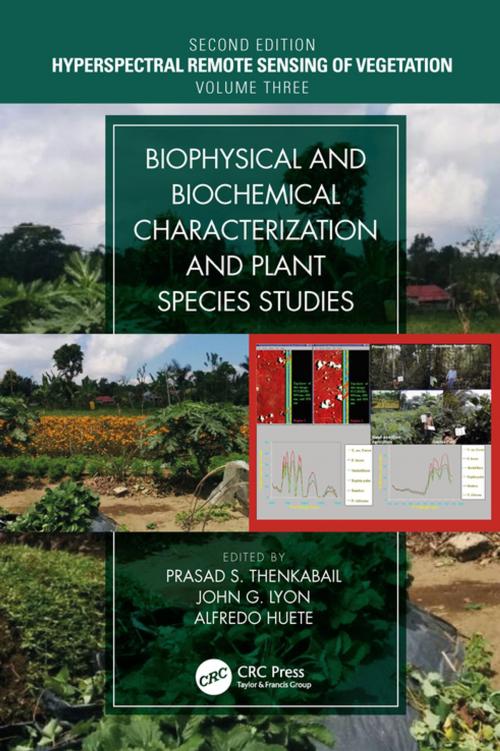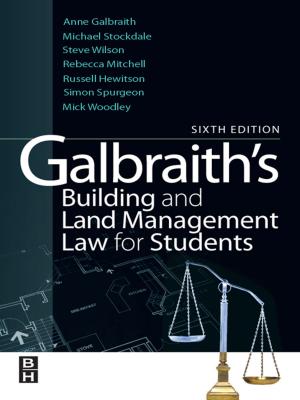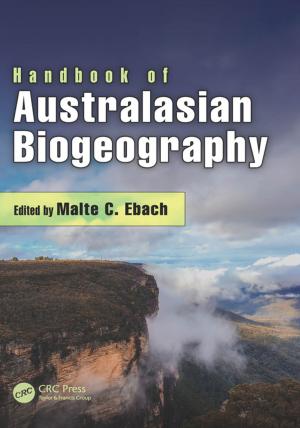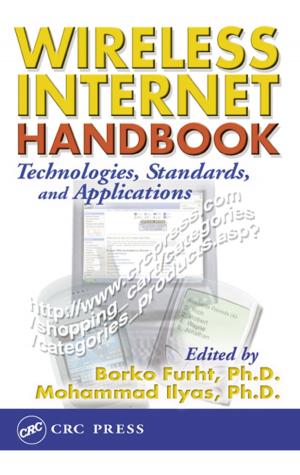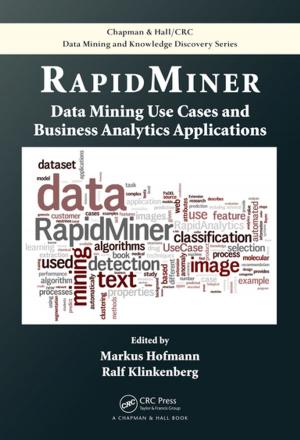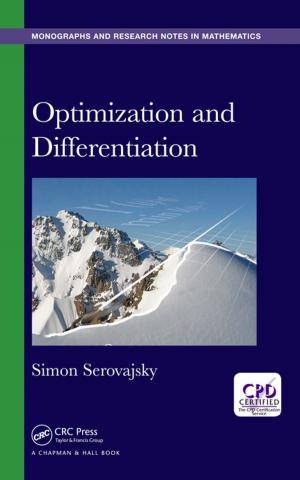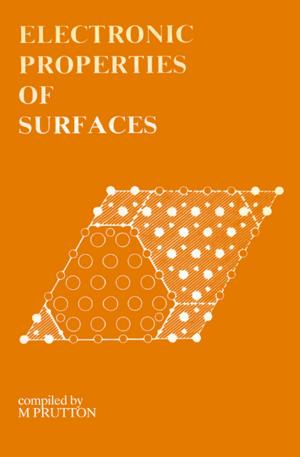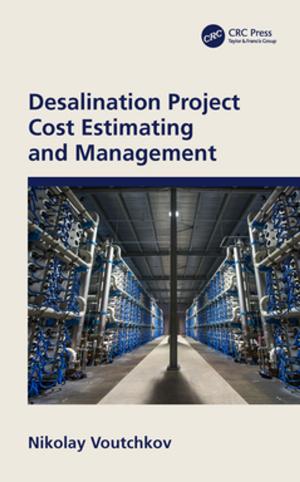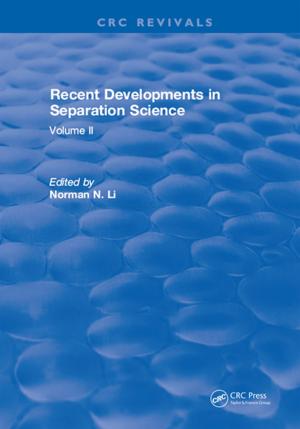Biophysical and Biochemical Characterization and Plant Species Studies
Nonfiction, Science & Nature, Science, Biological Sciences, Botany, Earth Sciences, Technology, Agriculture & Animal Husbandry| Author: | ISBN: | 9780429775215 | |
| Publisher: | CRC Press | Publication: | December 7, 2018 |
| Imprint: | CRC Press | Language: | English |
| Author: | |
| ISBN: | 9780429775215 |
| Publisher: | CRC Press |
| Publication: | December 7, 2018 |
| Imprint: | CRC Press |
| Language: | English |
Written by leading global experts, including pioneers in the field, the four-volume set on Hyperspectral Remote Sensing of Vegetation, Second Edition, reviews existing stateof- the-art knowledge, highlights advances made in different areas, and provides guidance for the appropriate use of hyperspectral data in the study and management of agricultural crops and natural vegetation.
Hyperspectral remote sensing or imaging spectroscopy data has been increasingly used in studying and assessing the biophysical and biochemical properties of agricultural crops and natural vegetation. Volume III, Biophysical and Biochemical Characterization and Plant Species Studies demonstrates the methods that are developed and used to study terrestrial vegetation using hyperspectral data. This volume includes extensive discussions on hyperspectral data processing and how to implement data processing mechanisms for specific biophysical and biochemical applications such as crop yield modeling, crop biophysical and biochemical property characterization, and crop moisture assessments. The concluding chapter provides readers with useful guidance on the highlights and essence of Volume III through the editors’ perspective.
Key Features of Volume III:
- Covers recent abilities to better quantify, model, and map plant biophysical, biochemical water, and structural properties.
- Demonstrates characteristic hyperspectral properties through plant diagnostics or throughput phenotyping of plant biophysical, biochemical, water, and structural properties.
- Establishes plant traits through hyperspectral imaging spectroscopy data as well as its integration with other data, such as LiDAR, using data from various platforms (ground-based, UAVs, and earth-observing satellites).
- Studies photosynthetic efficiency and plant health and stress through hyperspectral narrowband vegetation indices.
- Uses hyperspectral data to discriminate plant species and\or their types as well as their characteristics, such as growth stages.
- Compares studies of plant species of agriculture, forests, and other land use\land cover as established by hyperspectral narrowband data versus multispectral broadband data.
- Discusses complete solutions from methods to applications, inventory, and modeling considering various platform (e.g., earth-observing satellites, UAVs, handheld spectroradiometers) from where the data is gathered.
- Dwells on specific applications to detect and map invasive species by using hyperspectral data.
Written by leading global experts, including pioneers in the field, the four-volume set on Hyperspectral Remote Sensing of Vegetation, Second Edition, reviews existing stateof- the-art knowledge, highlights advances made in different areas, and provides guidance for the appropriate use of hyperspectral data in the study and management of agricultural crops and natural vegetation.
Hyperspectral remote sensing or imaging spectroscopy data has been increasingly used in studying and assessing the biophysical and biochemical properties of agricultural crops and natural vegetation. Volume III, Biophysical and Biochemical Characterization and Plant Species Studies demonstrates the methods that are developed and used to study terrestrial vegetation using hyperspectral data. This volume includes extensive discussions on hyperspectral data processing and how to implement data processing mechanisms for specific biophysical and biochemical applications such as crop yield modeling, crop biophysical and biochemical property characterization, and crop moisture assessments. The concluding chapter provides readers with useful guidance on the highlights and essence of Volume III through the editors’ perspective.
Key Features of Volume III:
- Covers recent abilities to better quantify, model, and map plant biophysical, biochemical water, and structural properties.
- Demonstrates characteristic hyperspectral properties through plant diagnostics or throughput phenotyping of plant biophysical, biochemical, water, and structural properties.
- Establishes plant traits through hyperspectral imaging spectroscopy data as well as its integration with other data, such as LiDAR, using data from various platforms (ground-based, UAVs, and earth-observing satellites).
- Studies photosynthetic efficiency and plant health and stress through hyperspectral narrowband vegetation indices.
- Uses hyperspectral data to discriminate plant species and\or their types as well as their characteristics, such as growth stages.
- Compares studies of plant species of agriculture, forests, and other land use\land cover as established by hyperspectral narrowband data versus multispectral broadband data.
- Discusses complete solutions from methods to applications, inventory, and modeling considering various platform (e.g., earth-observing satellites, UAVs, handheld spectroradiometers) from where the data is gathered.
- Dwells on specific applications to detect and map invasive species by using hyperspectral data.
